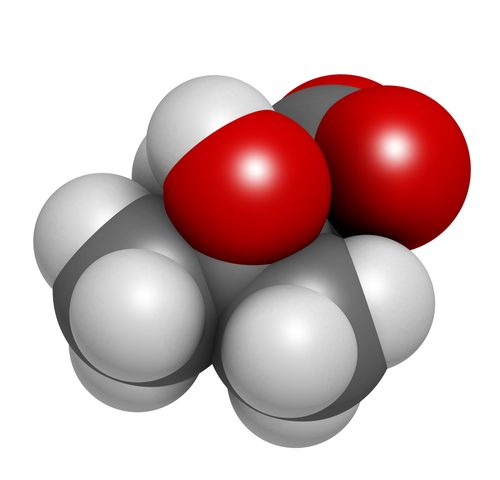Chronic fatigue syndrome (CFS) is a condition responsible for long-term pain and disability. It is separate from but often considered related to fibromyalgia. Unfortunately, CFS is a difficult to diagnose disease mainly because of its variable symptoms and the lack of a solid diagnostic laboratory test.
But in a recent study, researchers at the University of California San Diego School of Medicine used a range of methods to identify and assess targeted metabolites in blood plasma from CFS patients. They found a specific chemical signature for CFS and underlying biology very similar to the state of hypometabolic conditions like caloric restriction, diapause (period of suspended development), and hibernation.
The study “Metabolic features of chronic fatigue syndrome” is published in the journal Proceedings of the National Academy of Sciences of the United States of America (PNAS).
CFS is often difficult and expensive to diagnose. Although individual tests may be affordable and possibly covered by medical insurance, many patients endure a diagnostic journey that results in substantial personal expenses, absence from the workplace, and significant reductions in quality of life. Health care professionals are also frustrated by the lack of an objective technology that can assist with diagnosis. Attempts at using analytes in blood, cerebrospinal fluid, or a handful of genetic loci as biomarkers have not yielded diagnostically useful tests for CFS.
“CFS is a very challenging disease,” the study’s first author Dr. Robert K. Naviaux, professor of medicine, pediatrics and pathology and director of the Mitochondrial and Metabolic Disease Center at UC San Diego School of Medicine, said in a news release. “It affects multiple systems of the body. Symptoms vary and are common to many other diseases. There is no diagnostic laboratory test. Patients may spend tens of thousands of dollars and years trying to get a correct diagnosis.”
CFS affects about 2.5 million Americans. The primary symptom is severe tiredness lasting at least six months. Additional symptoms can range from muscle pain and headaches to sleep and memory problems.
Naviaux and colleagues examined 45 men and women with CFS and 39 matched controls. The investigators targeted 612 metabolites from 63 biochemical pathways in blood plasma.
They discovered that patients with CFS had abnormalities in 20 metabolic pathways. Eighty percent of the diagnostic metabolites assessed were decreased, a result that was considered consistent with reduced metabolism or hypometabolic syndrome. The diagnostic accuracy rate surpassed 90 percent.
“Despite the heterogeneity of CFS, the diversity of factors that lead to this condition, our findings show that the cellular metabolic response is the same in patients,” said Naviaux. “And interestingly, it’s chemically similar to the dauer state you see in some organisms, which kicks in when environmental stresses trigger a slow-down in metabolism to permit survival under conditions that might otherwise cause cell death. In CFS, this slow-down comes at the cost of long-term pain and disability.”
The results indicate that CFS owns a proven identifiable chemical signature and that targeted metabolomics (the study of metabolites present within an organism, cell, or tissue) can provide treatment information. The researchers only required 25 percent of the patients’ metabolite disturbances to diagnose CFS. Because approximately 75 percent of metabolite abnormalities were unique to each individual, tailored treatment may be possible.
According to the study report: “This work opens a fresh path to both understanding the biology of CFS and, more importantly to patients, a robust, rational way to develop new therapeutics for a disease sorely in need of them.”
More research with larger groups of participants from diverse geographical areas is necessary to validate both the universality and specificity of the results, the researchers said.

